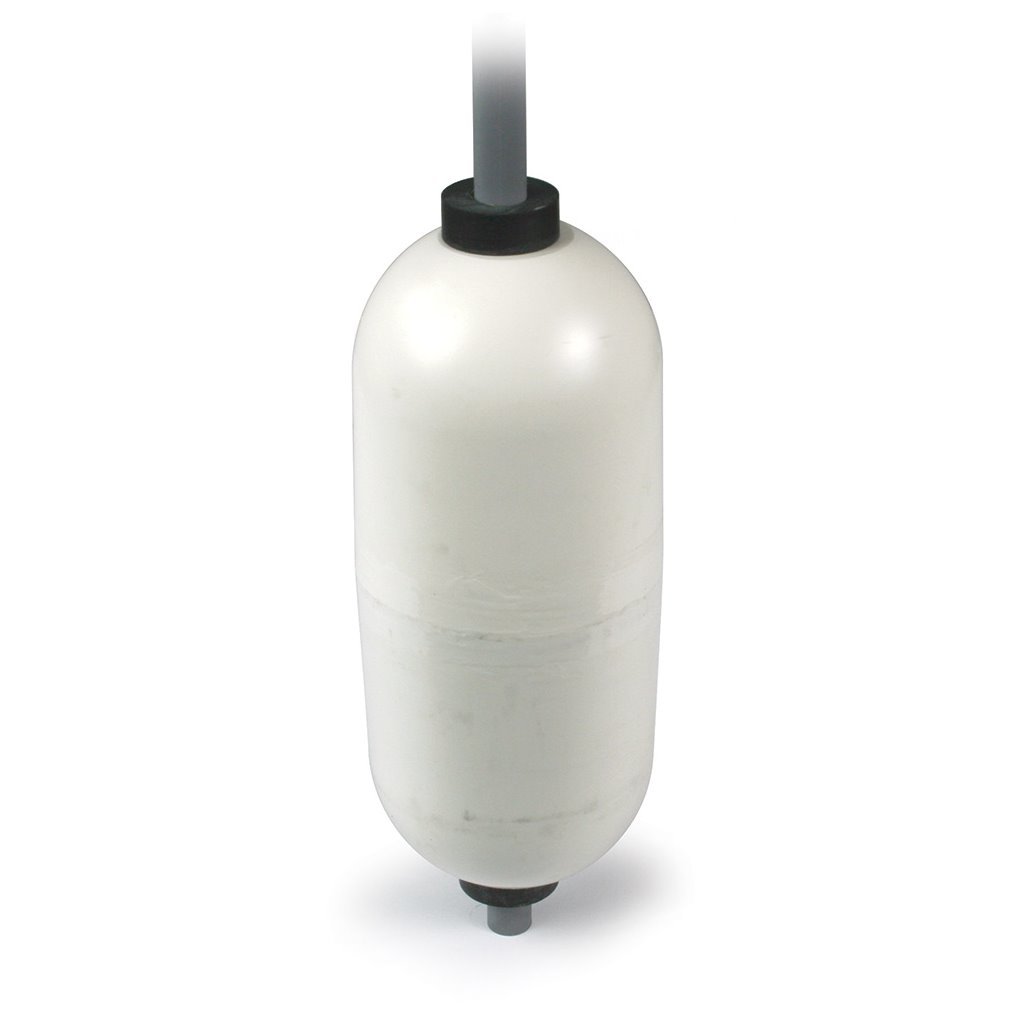

Conversely, a recent study that incorporated a range of landscape factors and pesticide use data found that use of the fungicide chlorothalonil was the best predictor of the pathogen Nosema in four declining bumble bee species 9, but this work did not consider the role of particular plant species or pollen quality. However, this work did not consider the role of pathogens. For example, previous work has linked bumble bee pollen collection and colony growth to land-use patterns, and found that quantity, rather than quality, of pollen was most important for growth 8.

Many studies have examined the role of landscape factors, including plant diversity, on pollinator abundance and colony growth 6, 7, 8, 9, but the role of particular plant species in mediating bee-pathogen dynamics is largely unknown. One of the most pressing concerns in the management of bee disease is the identification of factors that could reduce bee disease in natural and managed landscapes. Although a variety of factors are involved, pathogens have been strongly implicated in the decline of many bee species 5.

There have been mounting concerns about increased mortality in both honey bees and native bees 5. Bees are the dominant pollinators of the majority of animal-pollinated flowering plants globally 3 and are important for the production of many crops 4. Pollinators are critically important for the preservation of plant biodiversity, and provide billions of dollars in crop pollination annually 1, 2. Given consistent effects of sunflower in reducing pathogens, planting sunflower in agroecosystems and native habitat may provide a simple solution to reduce disease and improve the health of economically and ecologically important pollinators. In a field survey, bumble bees from farms with more sunflower area had lower Crithidia infection rates. We discovered that sunflower ( Helianthus annuus) pollen dramatically and consistently reduced a protozoan pathogen ( Crithidia bombi) infection in bumble bees ( Bombus impatiens) and also reduced a microsporidian pathogen ( Nosema ceranae) of the European honey bee ( Apis mellifera), indicating the potential for broad anti-parasitic effects. Diet affects bee immune responses, suggesting the potential for floral resources to provide natural resistance to pathogens. Pathogens are strongly implicated in the decline of native and honey bees. Bees are dominant pollinators, making it imperative to mitigate declines. Global declines in pollinators, including bees, can have major consequences for ecosystem services.


 0 kommentar(er)
0 kommentar(er)
